With March being women's month, it's the perfect time to talk about the importance of educating women about finances. Although our society has come a long way in achieving gender equality, the financial world still tends to be primarily a man's game, and it's time that changed!
Check out part two of the BALANCE blog series, Women and Money, for tips on taking the "sting" out of "investing."
We can all agree that financial jargon is sometimes confusing and complicated to learn. Given that investing is one area where we can use some help, here are some of the more commonly used terms you need to know.
Stock Market
The stock market is where buyers and sellers exchange or purchase stock of companies. The most well-known markets in the United States are the New York Stock Exchange (NYSE), the NASDAQ, and the Chicago Board Options Exchange (CBOE).
Bull Market vs. Bear Market
Terms used to describe the stock market. Think about these terms as two complementary and necessary halves of a whole–the yin and yang of an investment cycle. When the market is on the rise, with prices moving upward, it’s considered a bull market. This is when we say–YAY!T hings are good! When the market is on a downward slope with prices falling, it’s considered a bear market. This is when you DON’T panic because historically, things WILL get better.
The U.S. Securities and Exchange Commission (SEC) defines a bull market as a period of time when there is a market rise of 20% or more in broad-based market index funds for at least two months. A 20% rise indicates the economy is doing well. A good example of a bull market is the one that began in March 2009 and has continued until recently. During that time, the market grew around 500%.
The SEC defines a bear market as a time period when there is a market drop of at least 20%over a two-month period. Two of the worst bear markets in history are the Great Depression(August 1929 – March 1933) and the Great Recession (December 2007 – June 2009). The cumulative market losses over 50% in both periods resulted in lasting effects on the economy for many years.
Stock
A type of investment where you, the investor, purchase a portion of a corporation. The two types of stock are common and preferred. Common stock represents shares of ownership in a corporation and it’s the type of stock most people invest in. Common stock represents a claim on earnings which allows you to receive dividends if the company declares them and may allow you the ability to vote in shareholders’ meetings.
Preferred stocks are given priority when it comes to receiving company assets should the company fail. If you’ve got preferred stock in a company, you typically don’t have the ability to vote at shareholders’ meetings.
Investment pros often use the word stock as synonymous with a publicly traded company and may be referring to either energy stocks, value stocks, food-sector stocks, blue-chip stocks, and/or so on which don’t refer so much to the stocks themselves as to the corporations that issued them.
Bond
A type of investment where you, the investor, loans money to a company for a period of time in exchange for return of that money at the end of an agreed-upon time period. The company receiving the loaned money pays you small interest payments during the loan period. The most common entities issuing bonds are corporations and governments that may need to raise funds for projects or other causes.
Dividend
A portion of a company’s earnings it chooses to share with shareholders each quarter. Not all companies choose to issue dividends to shareholders. If a company is new, they usually choose to reinvest their profits back into the company to grow and improve operations.
Interest Rate
The amount of interest due each period that the borrower must pay the buyer of the bond. It’s calculated as a percentage of the principal–the amount of money that was loaned. For example, if an investor loans $100 to a borrower with an interest rate of 5%, then the borrower pays the investor $5 in interest each pay period.
IRA
IRA stands for Individual Retirement Account and anyone with earned income from a job can open an IRA to save for retirement. In 2020 and 2021, the annual contribution limit for individuals is $6,000, or $7,000 if you’re age 50 or older. If you’re 59½ or older, you’re allowed to withdraw from your IRA without penalty. Depending on your situation, you may be able to deduct your IRA contribution, which reduces your tax liability for the year. One of the other benefits of most IRA plans is that you don’t pay taxes on the money in the account until you take it out.
Roth IRA
A type of retirement account available to anyone with earned income from a job. With a Roth IRA, contributions are not tax-deductible, but earnings grow tax-free and qualified withdrawals are tax- and penalty-free. In 2020 and 2021, the annual contribution limit for a Roth IRA is$6,000, or $7,000 if you’re age 50 or older. The best part of a Roth IRA is that you can withdraw money from it tax-free beginning at age 59½. Withdrawal and penalty rules vary depending on your age and how long you’ve had the account.
401(k)/403(b)
Two types of retirement accounts offered by employers to their employees. The most common plan is the 401(k). Employees of public schools and non-profit organizations are offered a 403(b). You should most definitely be participating in a plan and contributing a percentage of your income with each paycheck. It’ll automatically be withdrawn and some employers volunteer to match a portion of your contribution to your account, so be sure you contribute enough to take advantage of this perk. If you don’t, you’re turning away free money!
Go to Part One: Women and Money: Take Control Over Your Financial Life





